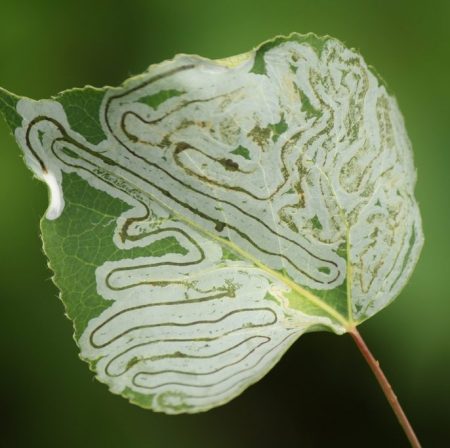Your best allies in farming are awareness and quick action. This means you have to be proactive and educate yourself about your crops and the problems that can arise, including common pests and how to avoid and get rid of them. Today, we focus on the leaf miner.
What is the Leaf miner
The larvae of some insect species like moths, flies, beetles and some wasps is called Leaf miner. These larvae chew through seeds, roots or stems causing devastating damage to crops. The leaf miner usually targets crops such as beans, onions, cabbage, citrus, peas, cucumbers, potatoes, peppers, spinach, pumpkins and tomatoes (The name for tomato leaf miner is Tuta absoluta).
They go through complete metamorphosis. From egg, larva (grub), pupa (cocoon) to adult. The adults lay eggs on the leaf’s surface and the larvae burrow into the leaf. The larvae spend their entire larval stage inside the host plant’s leaf. Some of the leaf miners will even pupate within the leaf, but most of them pupate in the soil.
Identifying the leaf miner
Larvae mine between upper and lower leaf surfaces. They create winding, whitish tunnels that are narrow in the beginning, but then widen as the larvae grow. This is what causes leaves to dry out, resulting in sun-burning, as well as, reduction quality and yield. Furthermore, excessive larvae damage on young plants and seedlings causes them to die due to lack of chlorophyll and reduced photosynthesis.
So, to confirm that it is indeed leaf miner, place a few infected leaves in a ziplock bag, checking it daily. Small black flies in the bag are a sign that the leaf miner larva are becoming adults. Spray the plants daily for a week.
Prevention is better than cure
1. The healthier your crops are, the lower the chance that leaf miners will hurt them. So, try to maintain plant health using organic fertilizers and water properly. This will help crops to outgrow and tolerate pest damage. Also, ensure that you keep your soil alive by using compost and other soil amendments.
2. The perfect time to control the leaf miner is before the enter the plant. This is because control becomes difficult after they enter the plant, as they are now protected by the plant itself. The best way to avoid this is to use companion planting. You have to plant other crops that will draw the leaf miner away from the main crop.

How to control the leaf miner
1. The most common method to rid crops of leaf miners is to spray them with pesticide. However, it doesn’t always work as you have to spray at right time. Spraying the pesticide too early or too late will not reach the leaf miner larva and will not kill the leaf miner flies.
2. Yes, the leaves of your crops may look green and healthy but make time to monitor them closely. Ensure that you squeeze the leaf at the tunnel between two fingers to crush any larvae at the first sign of tunneling. If you do this early, it will help your crops survive minor outbreaks. In addition, pick off and destroy badly infested leaves to avoid spreading.
3. Avoid planting in areas where you’ve had previous leaf miner infestations.
4. Using floating row covers is costly but if you can, use them to to prevent fly stage from laying eggs on leaves. They also have an added advantage of not only stopping the spread of diseases but also keeping the soil and crops from overheating.
5. Sticky traps help to catch egg laying adults. So, cover the soil under infested plants with plastic mulches to prevent the larvae from reaching the soil and pupating.
6. The parasitic wasp Diglyphus isaea is a commercially available beneficial insect that kills leaf miner larva in the mine. The wasps feed on the body fluids of the leaf miner larvae to obtain protein. This is an essential ingredient of its diet for egg production. This activity, called predatory host feeding, kills the host.
7. Look for a repellant containing azadirachtin, the key insecticidal ingredient found in neem oil. Azadirachtin disrupts growth and development of pest insects and has repellent and anti-feedant properties. Best of all, it’s non-toxic.

[…] You might also like: Know Your Enemy: Common Pests And Remedies – Leaf Miner […]